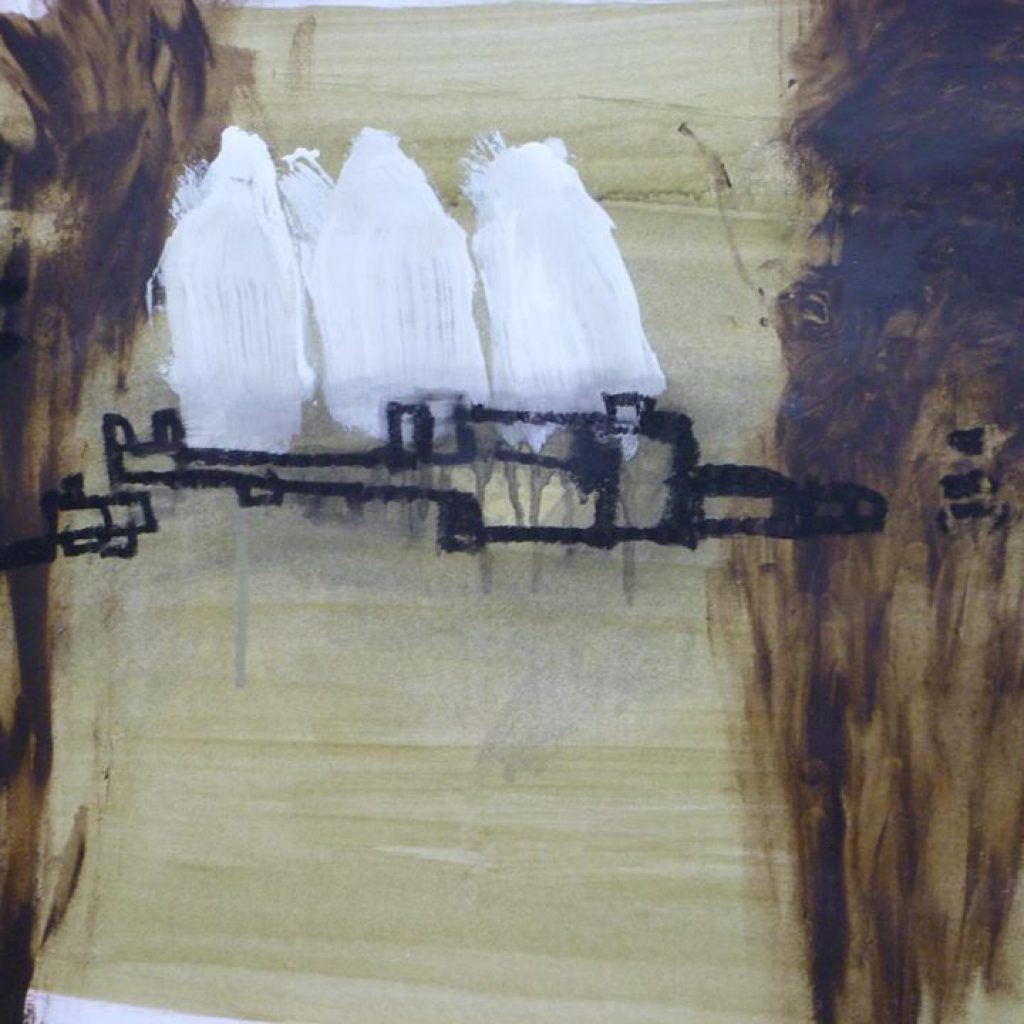“We carry our narratives and re-storying: they shape experiences and life—how we want to live resonates and echoes in these stories: the spoors of our wanderings. These are notes observations, insights of my experience. The fragments of conversations inspire them: images and an atmosphere I absorbed in the workshop/studio. Any integral and healthy relationship, project, vision, creative process will bring change and transformation. It will take us to the scary places: into the unknown mystery—it will begin to breakdown our conditioning and habitual reactive selves: the bubbles of illusion and un-realities and engage direct experience. It is foremost an energetic and intensive process that is organic, that leads to insight and realization. We begin to experience permeability a transparency. A creative space facilitates this process and gives permission to experience without self-imposition and censorship. A creative space is the ‘dancing ground.’ It is a place of ritual/ceremony, an integral community. No bigger. No better. A democracy if you like. It is well said that the magic of life is growth and to experience it is a wonder of the heart. For me these are the fundamental principles that are the essence of the GAP intensive as I have experienced them over the last few years. They are infectious and a joy to work with—a gift.” John Crabtree
HAF: Today we have with us, John Crabtree from U.K, who recently joined GAP IV in Venice with Carl Heyward, GAP (Global Arts Project) founder and other international artists who converged on Venice during the GAP IV arts residency, July 27 through August 21. I had the pleasure of meeting John in Lecce Italy, during GAP III, in 2015. So John, tell us when and how did you first learned about GAP?
John: I came to know about GAP through my friendship with Lorna Crane. I was aware of Carl’s projects over a few months but did not really connect at the time with the concept at this point. I had however worked on one to one collaborative projects with other artists through a postal scheme. I went to the 2nd GAP in Venice as way of meeting Lorna and connecting and meeting up with other artists I began to know on various social media platforms. When I met Carl, I felt an immediate connection and affinity. I was impressed by his drive and commitment in establishing GAP. After a few collaborations the visual fire was lit. I have found the energetic process an inspiration for my own work and establishing further friendships across the world.
HAF: John, can you talk a little about your career in painting?
John: I was a bus driver for most of my working life, and I have no particular degree or qualification. I am self-taught, with a brief dalliance at a local art college. Living in England, bus driving amusingly became my Oxford and Cambridge. As an artist, the bus became a living theatre and studio, and in my own story and myth the bus was my transport of liberation. The driving wheel often at times became my easel during breaks and layovers in journeys. I drew on ticket sleeves and old timetables with the ubiquitous coffee stain! In my bag I had a small camera to record images and marks that were my inspiration to paint and work.
HAF: I believe this is your 3rd GAP residency, making you somewhat of a veteran. During those three years, how has the GAP residency program evolved?
John: Each residency is unique in itself and I try not to have notions or preconceptions but try and tune in to the atmosphere and take my cue from there. The dynamic is always different but the core integrity is perceptible and tangible -it is always intriguing for me to see and hear what comes up in the incidental conversations and opinions -or how the energy informs itself through the participants and expresses itself. This in a way gives me coherence and a way to work and a directive -it is important to realize for oneself. Over the days certain images and motifs appear and resonate to inspire and contribute an experience that is both personal and collective.
HAF: What impact do you see GAP having on the international arts community?
John: The organic core of GAP will evolve as a painting does in its various stages -it will flow and change; people will join and leave as is the nature of group activity: it is timing and a rightness that is important. In the end it is about generating ‘good energy’ rather than individualistic endeavor. However the creative pulse works through into life is art itself without the confines of uniform or identity and the like. It is expressed in a form unique to the individual and so it should be. In a world of consumerism GAP offers and provides a healthy counter to the art world in its obsessive and restrictive windows of perception. GAP finally in essence is a sharing and embracing n the sense of liberating art from its stifling and fossilized definitions.







